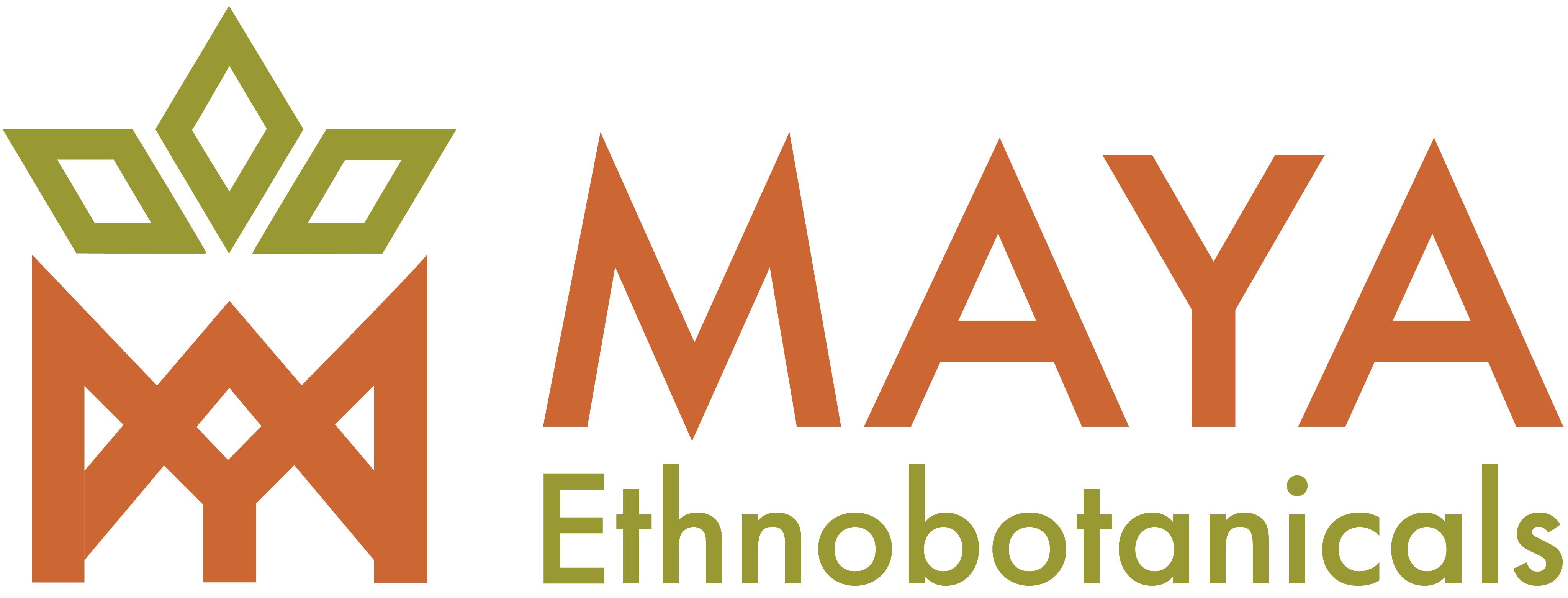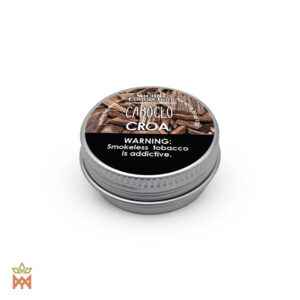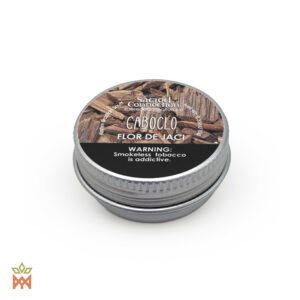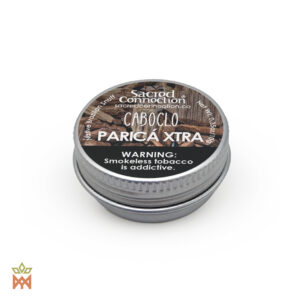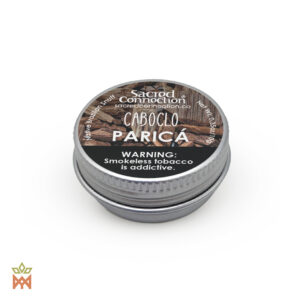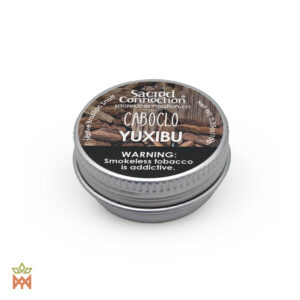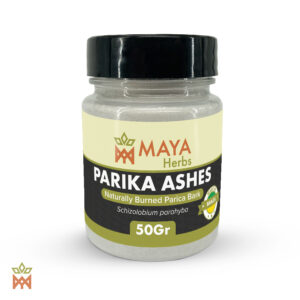Showing all 8 results
- € 20,00 Incl. VATSelect options This product has multiple variants. The options may be chosen on the product page
- € 20,00 Incl. VATSelect options This product has multiple variants. The options may be chosen on the product page
- € 20,00 Incl. VATSelect options This product has multiple variants. The options may be chosen on the product page
- Price range: € 20,00 through € 90,00 Incl. VATSelect options This product has multiple variants. The options may be chosen on the product page
- Price range: € 20,00 through € 90,00 Incl. VATSelect options This product has multiple variants. The options may be chosen on the product page
- Price range: € 20,00 through € 90,00 Incl. VATSelect options This product has multiple variants. The options may be chosen on the product page
- € 20,00 Incl. VATSelect options This product has multiple variants. The options may be chosen on the product page
Showing all 8 results
Caboclo Culture and Medicine
Emerging in South America during the time of the rubber boom, the Caboclos are a unique group of people whose history is deeply intertwined with the syncretic relationships that developed between these different cultural elements.
During the rubber boom, which took place in the late 19th and early 20th centuries, vast stretches of the Amazon rainforest were opened up for rubber extraction, leading to an influx of immigrants from Europe and Africa, as well as increased interactions between these newcomers and the indigenous peoples of the region. Over time, these interactions gave rise to a new cultural identity known as Caboclo, which blended elements of indigenous, European, and African cultures.
One of the key aspects of Caboclo culture is its deep connection to the land and the natural world. Drawing on the traditional knowledge of indigenous peoples, Caboclo communities have developed a profound understanding of the plants and herbs found in the Amazon rainforest, as well as their medicinal and spiritual properties. This knowledge forms the foundation of Caboclo medicine and healing practices, which often incorporate the use of plant medicines such as Rapé.
Caboclo Rapé
Rapé, or snuff, is a traditional preparation made from powdered tobacco, ashes, and various herbs and plants. It has been used for centuries by indigenous peoples in Brazil for medicinal, spiritual, and ceremonial purposes. In Caboclo culture, Rapé holds a special significance as a sacred medicine that facilitates healing, spiritual growth, and connection to the divine.
The making of Caboclo Rapé is a time-honored tradition that requires skill, knowledge, and reverence for the plants and herbs used in its preparation. Caboclo Rapé makers draw on traditional techniques passed down through generations, as well as their own intuition and expertise, to create blends that are both potent and harmonious.
The use of Caboclo Rapé is deeply ingrained in Caboclo culture, with ceremonies and rituals often incorporating its use as a central element. When consumed, Caboclo Rapé is believed to have a range of benefits, including relieving anxiety and stress, improving focus and concentration, boosting the immune system, and promoting spiritual and emotional well-being.
In addition to its believed medicinal properties, Caboclo Rapé also serves as a vehicle for cultural preservation and transmission. Through the preparation and sharing of Rapé, Caboclo communities are able to pass down traditional knowledge and practices to future generations, ensuring that their cultural heritage remains alive and vibrant.
In conclusion, Caboclo Rapé is more than just a sacred medicine – it is a symbol of the resilience, strength, and cultural richness of the Amazonian Caboclo mestiço culture. By honoring and preserving their traditional practices, Caboclo communities continue to uphold their ancestral connections to the land and the natural world, while also embracing the diverse influences that have shaped their identity over centuries.
